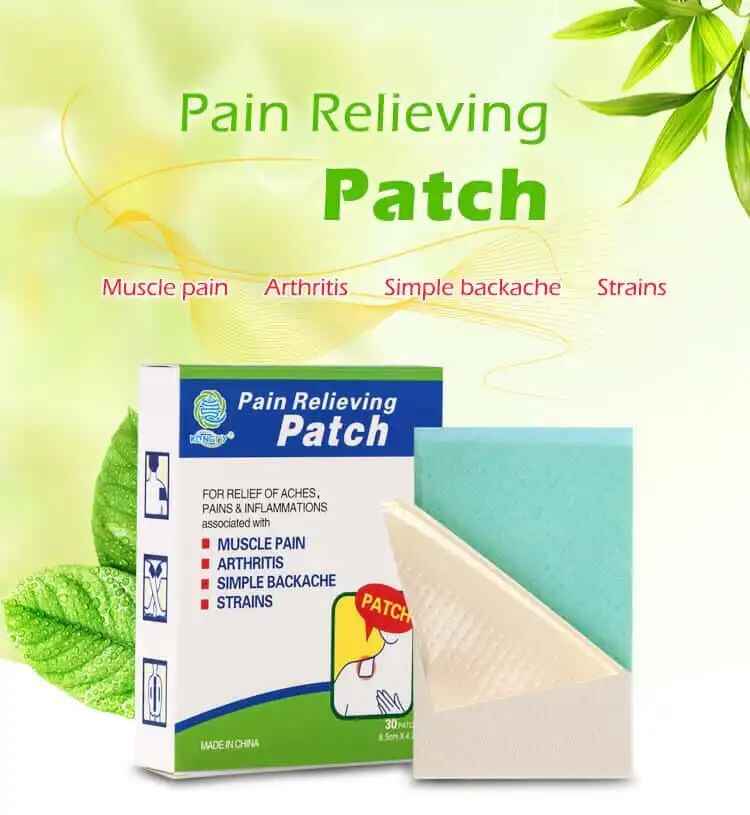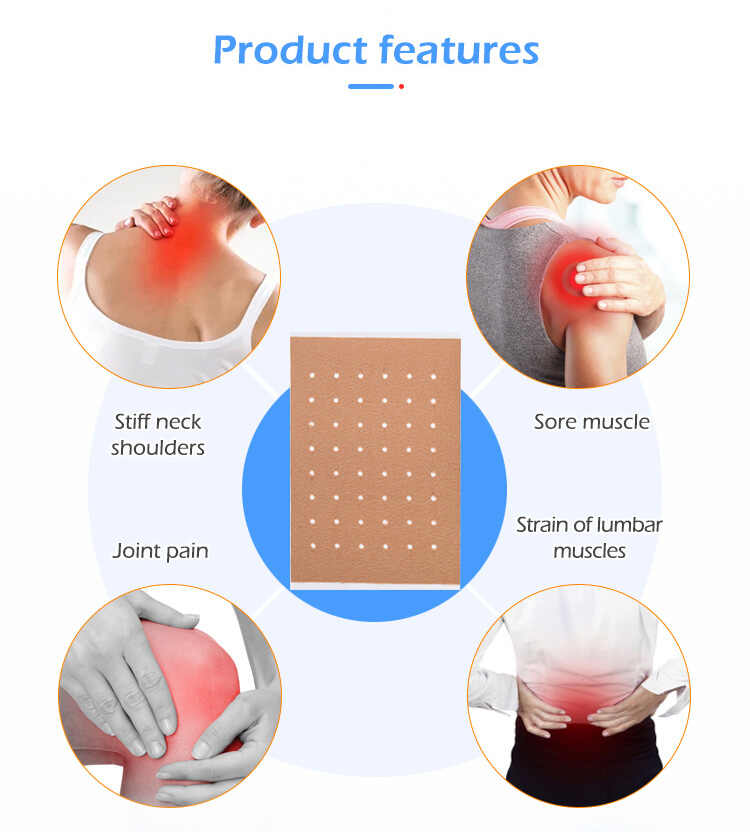Do I Need to Register Private Label Chronic Pain Patches in Each Country? A Global Regulatory Guide for Brands
As the market for Private Label Chronic Pain Patches grows, many businesses are looking to expand their distribution globally. However, one question arises repeatedly: Do I need to register my Private Label Chronic Pain Patches in each country?
The answer is yes—in most cases, registration or compliance with national regulations is required for each target market. The specifics, however, depend on the product’s classification (drug or medical device), the local regulatory environment, and whether your Chronic Pain Patches Manufacturer, Chronic Pain Patches OEM, or Chronic Pain Patches Supplier supports international compliance.
This comprehensive guide will break down the regulatory requirements by region, explore what Private Label brands need to consider, and show you how Custom Chronic Pain Patches can be brought to market efficiently across borders.

1. Why Registration Matters for Private Label Chronic Pain Patches
Even if your product is manufactured and fully compliant in one country (e.g., the United States), it does not automatically qualify for sale in another country. Each country has its own laws regarding:
Product classification (drug vs. medical device)
Safety and efficacy standards
Labeling requirements
Marketing claims
Importation procedures
Therefore, if you are planning to market Private Label Chronic Pain Patches internationally, individual country registration or notification is often necessary.
2. Product Classification Affects Global Compliance
A. Drug vs. Medical Device: The Core Distinction
Whether your Custom Chronic Pain Patches are considered a drug or medical device impacts the registration pathway.
If classified as a drug, expect rigorous approval processes in most regions, such as the FDA (US), EMA (EU), or NMPA (China).
If classified as a medical device, the registration may be faster, especially for low-risk (Class I) products.
Your Chronic Pain Patches OEM should guide you through classification and provide supporting documentation such as:
Ingredient lists
Certificates of analysis (COAs)
GMP certifications
Device or drug dossiers
3. Country-by-Country Overview: Registration Requirements for Chronic Pain Patches
United States
If your patch is classified as:
Drug: Must comply with the FDA’s OTC Monograph or have an approved NDA (New Drug Application).
Medical Device: May require 510(k) premarket notification or be exempt if low-risk. Registration with the FDA and listing of the establishment are mandatory.
Private Label brands must also register as drug establishments or designate a registered entity (your Chronic Pain Patches Manufacturer can often fulfill this role).
European Union
Medical Devices must comply with the EU MDR (Medical Device Regulation) and bear the CE mark.
If the patch is a medicinal product, it must go through the European Medicines Agency (EMA) or the respective national authority.
Local language labeling and a European Authorized Representative are mandatory for non-EU brands.
Your Chronic Pain Patches Supplier must help you prepare the Technical File and ensure compliance with ISO 13485 standards.
United Kingdom
Post-Brexit, the UK now requires:
UKCA marking (instead of CE)
Registration with the MHRA
Appointment of a UK Responsible Person if you're outside the UK
Whether it's a drug or medical device, the process mirrors EU rules but with separate paperwork.
Canada
Medical devices must be approved by Health Canada and categorized into Class I–IV based on risk.
Drug products must meet the Health Canada Drug Establishment License (DEL) requirements.
English and French bilingual labeling is mandatory.
Many Custom Chronic Pain Patches can qualify under Class I or II, making the process smoother for OEM partners.
China
Highly regulated market through NMPA.
Drug-classified patches undergo strict evaluation and clinical testing.
Medical devices must be registered under Class I–III, with local agent representation and Chinese labeling.
Registration costs and timelines can be significant, but partnering with a compliant Chronic Pain Patches OEM with China registration experience can ease the process.
Middle East, Southeast Asia, and Latin America
Each country has its own process. Examples:
UAE and Saudi Arabia: SFDA or MOH approval; Arabic labeling required.
Brazil (ANVISA) and Mexico (COFEPRIS) have strict but navigable pathways.
Singapore, Malaysia, Thailand follow the ASEAN Medical Device Directive (AMDD) for device classification.
In all cases, local representation and translated documentation are critical.
4. The Role of Your Chronic Pain Patches Manufacturer and OEM Partner
To simplify global expansion, it’s essential to work with a Chronic Pain Patches Manufacturer or Chronic Pain Patches OEM that provides:
Regulatory support documentation for each country
Ingredient safety data sheets
Compliance with GMP or ISO 13485
Assistance with product classification and testing
Experience in managing Private Label exports
Whether you're customizing or private labeling, your Chronic Pain Patches Supplier must act as a strategic partner in the registration process.
5. Tips for Streamlining Registration for Private Label Chronic Pain Patches
Confirm classification in each target market before labeling or advertising.
Request a regulatory dossier from your OEM early in development.
Choose a harmonized formula that can meet multiple regulatory standards.
Hire local consultants or agents for countries requiring in-market representation.
Avoid unapproved claims on packaging or marketing materials.
Use your OEM’s existing registrations or CE marks where possible for faster market entry.
Conclusion: Yes, You Must Register—But You Don’t Have to Do It Alone
If you’re launching or scaling Private Label Chronic Pain Patches, understanding and fulfilling registration requirements in each country is crucial. Whether your product is a drug or a medical device, you’ll need to follow specific guidelines to ensure legal sale and avoid costly delays.
The good news? A reliable Chronic Pain Patches OEM, Manufacturer, or Supplier can help you navigate this process smoothly, offering ready-to-market formulations, regulatory documentation, and technical support.
By planning strategically and partnering wisely, your brand can scale safely and successfully across borders.
Related Questions and Short Answers
Q1: Do I need to register Private Label Chronic Pain Patches in every country I sell to?
A: Yes. Each country has its own laws for drug or medical device registration. You must comply with local regulations to legally sell your product.
Q2: Can my Chronic Pain Patches OEM handle international registrations?
A: Many experienced OEMs provide regulatory support, CE marking, and technical files to help with international compliance.
Q3: If my product is classified as a drug in one country, is it a drug everywhere?
A: Not always. Classification can vary depending on local regulations and how the product works or is marketed.
Q4: What documents are required for registering Chronic Pain Patches internationally?
A: Typically, you’ll need GMP or ISO certifications, a Certificate of Analysis, ingredient breakdown, safety data, and labeling in the local language.
Q5: Can I sell unregistered patches online to other countries?
A: Technically, no. Even online sales are subject to the target country’s import and health regulations.
Q6: What if my Private Label Chronic Pain Patches are already CE marked?
A: CE marking helps in the EU and some other countries, but you’ll still need to notify or register in most markets separately.






